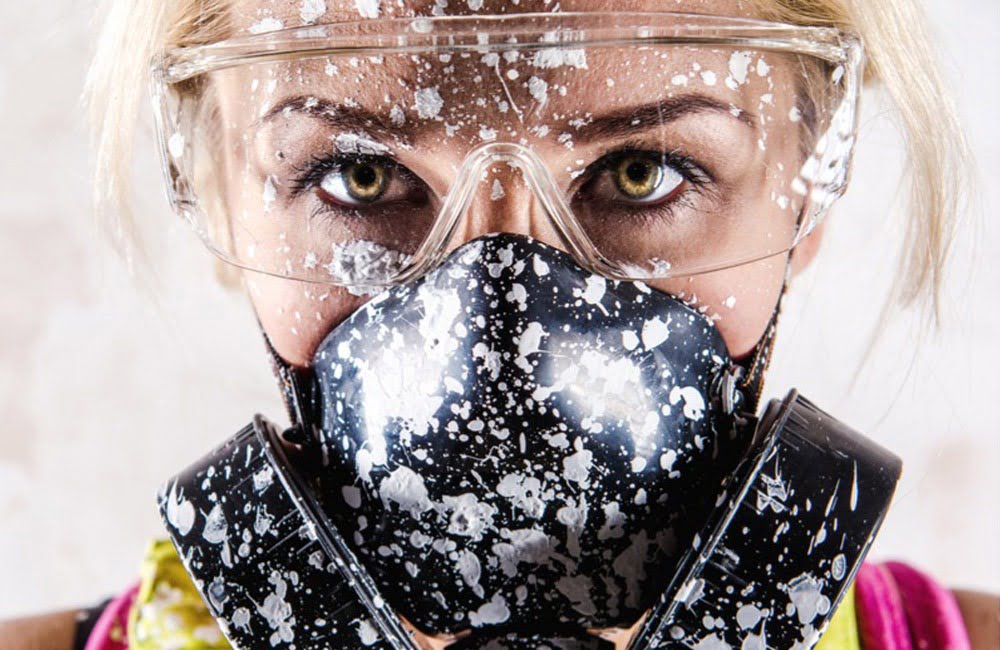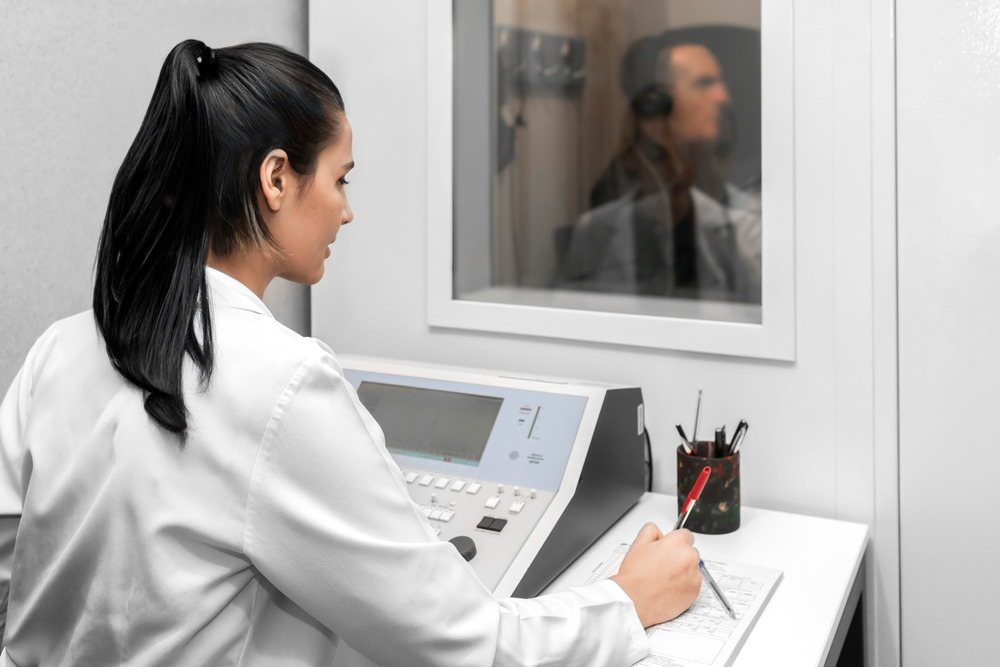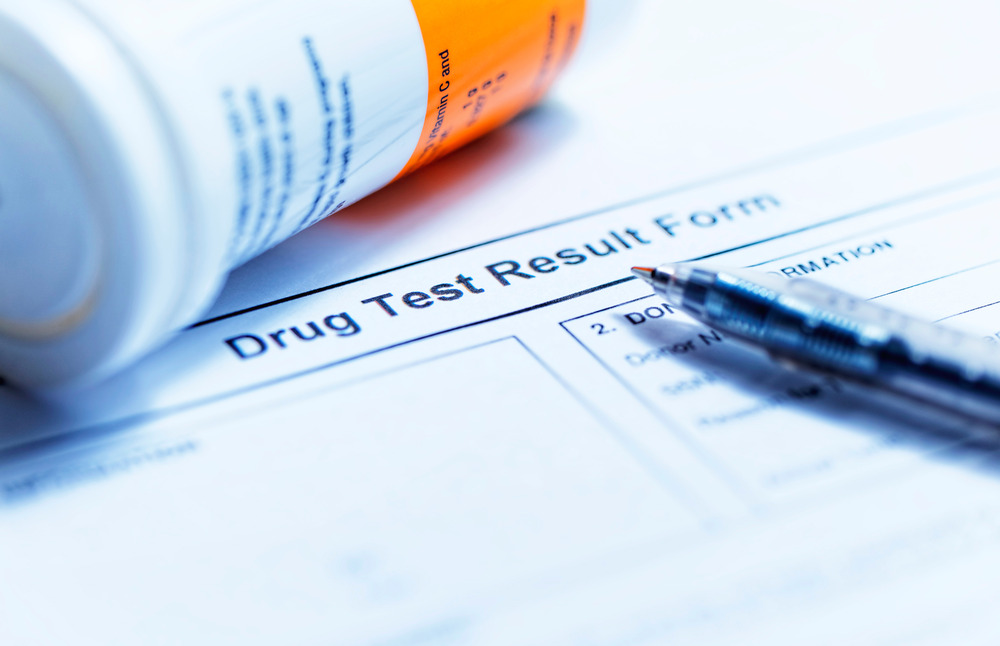What Is RPE?
Respiratory Protective Equipment (RPE) is special equipment designed to protect employees who perform work activities which may involve harmful substances contaminating the air. These substances could have various forms such as dust, mist, gas, or fume. Examples of such activities include:
- Cutting materials like concrete, stone, or wood
- Handling volatile solvents (liquids that easily vaporise into gas)
- Working with a dusty powder
Employees may also be required to work within confined spaces where oxygen levels are low, such as chambers or tanks.
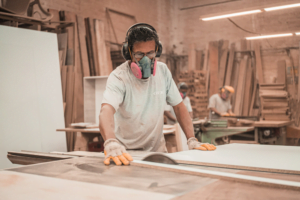
What Are the Different Types of RPE?
There are two main types of RPE: respirators and breathing apparatus.
Respirators are filtering devices which use filters to remove harmful contaminants from the air the employee is breathing in. They can be either non-powered (using the wearer’s breathing to draw air through the filter) or powered (using a motor to move the air through the filter and provide clean air).
Breathing apparatus, on the other hand, require a supply of clean air from an outside source such as a cylinder or an air compressor.
Both types of RPE are available in various styles, which can be divided into two main groups:
- Tight-fitting facepieces (also known as masks) which require a proper seal with the wearer’s face to function. This style needs a face fit test carried out to ensure that the equipment can protect the employee and is available in both non-powered and powered options.
- Loose-fitting facepieces require a sufficient amount of clean air to be provided to the wearer to stop contaminants from leaking in. This type of equipment is only available in the form of powered respirators or breathing apparatus, such as hoods, helmets, visors, blouses, and suits.
When Should RPE Be Used?
Respiratory protective equipment should be provided to employees in the following situations:
- When there is still danger of breathing in contaminated air despite other risk-management systems that might be in place such as extraction systems
- When exposure to contaminants is infrequent or short-term and using other controls is impractical
- Whilst other controls are being put in place
- In case of emergency where a safe exit is needed
- In case of a temporary failure of other controls
- When emergency rescue is needed
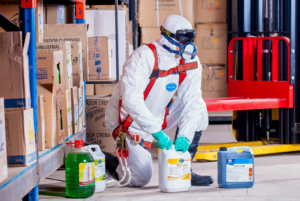
Ensuring Employee Safety: Face Fit Testing
Since people’s bodies are different in shape and size, expecting one particular type or size of RPE to fit everyone is unrealistic. Whether tight-fitting pieces effectively protect workers from contaminants depends on how good the contact is between the wearer’s skin and the protective equipment’s face seal. A poor fit can majorly decrease the protection employees receive and can put their lives in danger or lead to long-term health issues.
To ensure that the facepiece fits your employee, a face fit test needs to be carried out when the RPE is chosen. It should be repeated whenever there is a change to the type of RPE used or to the circumstances that might alter the way it fits. These include weight loss or gain, facial changes (dental work, piercings, etc.), or when the worker begins using other head-worn personal protective equipment.
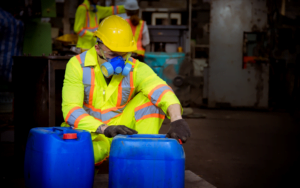
Healthscreen’s Face Fit Testing Service
Healthscreen provide a comprehensive face fit testing service to help you ensure that the RPE you’re providing to your employees fits them properly and thus protect their health and your business.
We offer qualitative face fit testing for disposable or reusable half masks, as well as quantitative testing, suitable for all masks. You can learn more about our service and the methods we employ here.
If you have any questions or require more information, don’t hesitate to contact us or click here to request a free, no obligation quote.


